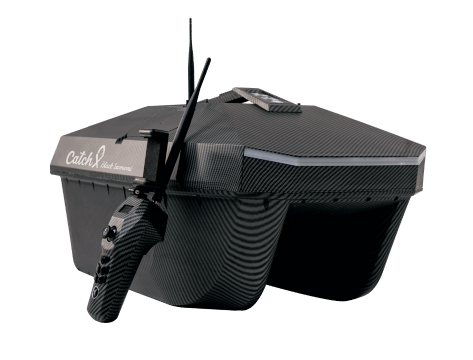5 Fly Fishing Techniques To Know Before You Go
If you’re looking to improve your skills as an angler, there are a variety of fly fishing techniques you can implement. Though learning how to properly cast is really important, there are loads of other things to consider if you’re trying to have a successful day out on the river. Bad habits can be corrected, and casting classes can also aid in more catches out on the river. One thing we love about fly fishing is that you can never really stop learning. No matter how long you’ve been fishing, there is always another technique or style or area to explore and learn more about. Hopefully you’ll join us at Stillwater Anglers as we continue to hone our skills, share some tips, and help you become a better angler.
Here are a few fly fishing techniques we think you should know before you go on your next fly fishing adventure.
Practice These Fly Fishing Techniques Before Your Next Fishing Trip
Sometimes when it comes to fly fishing techniques, there are a million different pieces of advice circulating. From new gear to new methods, fresh ideas replacing old ones, it can get confusing on what actually works. We encourage you to just get out there, and see what advice works for you. This article covers just a few basic fly fishing techniques we think will help aid you in your next fishing trip.
Watch Fish Behavior
The first thing we recommend is to watch the fish. When you spot a feeding trout, don’t immediately cast without considering what to use as bait. Watch the fish’s behavior to determine what it may be feeding on and pay attention to the timing of its rises so that you pick the right fly on the water. Oftentimes just paying attention in this way can make or break a catch. It’s also important to understand the different hatch seasons so that you can tempt trout with what they are already feeding on.
We also suggest paying attention to the rise of the fish. Flies like caddisflies that skitter along the surface case trout to make loud and splashy rises. More classic rises make medium to large dimples in the water or leave behind a few bubbles, which indicate that trout might be feeding on flies that ride above the surface film. Small dimples without any traces of bubbles typically means the presence of emergers. It’s much harder to tell if the trout are feeding below the surface, but it’s not impossible to see the swirls or bulges on the water’s surface.
Try Dapping A Dry Fly
Perhaps one of the oldest and simplest fly fishing techniques in the book, dapping is an easy technique often taught to children. This approach is great for times when you have little to no space for a big cast. Typically it works when you stay a rod-length back from the water. Using only the leader through the rod tip, gently lower the fly to the surface, let it drift a couple inches and then pick it up and set it down again. Basically, you’re dapping or patting the fly on the water which almost perfectly mimics the behavior of egg-laying mayfly or caddis. Though simple, it allows you to get a fly and possibly catch a fish in otherwise unfishable spots.
Walk And Wade Different Sections
Though many anglers today can cast longer lines and fish farther out because modern tackle and gear make it easy, it doesn’t mean it’s the best fly fishing technique. Unless the situation specifically calls for it, reaching far out is not an accurate way to catch trout. You’ll increase drag, decrease accuracy, and wind up missing a lot of fish. You’ve probably heard that being a strong caster and a good fisherman are not the same thing, and we have to agree.
Instead, walk around a little! Study the currents, read the stream, and find the most fishable sections. Wade into the optimum spots if you have to, and work each fishable section of water that you can. Shorter casts often mean more precise casts, and the percentage of getting a bite goes way up.
Check Your Bait Often
If you have a long day of fishing and casting planned, or there are strong winds in your area, we suggest checking your tippet and fly every four or five casts. Certain knots can weaken your tippet and tippets are already prone to get tangled in your fly or even knotted around the hook bend. You won’t see this when you’re casting, you’ll have to get it right up close. We also suggest observing the action of the fly on the surface or in the water next to you. Are the trout eating them and avoiding your fly? If they aren’t floating right, the trout might not want to bite.
Learn About Leader Length
Usually when it comes to incorporating leader length into your fly fishing techniques, 9’ leaders are usually the standard. As your technique improves though, it might be time to longer leaders when fishing both wet or dry flies. Some anglers use as much as 20 feet at times. However, we think that a shorter leader is also useful because streamers typically don’t need more than 7-8 feet. Shorter leaders also come with the added benefit of easier casting for heavy flies. Experiment with the length of your leader from time to time to see what works best for you in your area.
Conclusion
The last thing we want to say that is one of the best fly fishing techniques you’ll hear is to stay safe. Use some common sense when heading out to your favorite river. If the water is high and dangerous, don’t go out. Bring a buddy with you if you’re trying new spots, or at least make sure someone knows where you’re headed. Don’t forget your protective gear and always wear a wading belt.



























